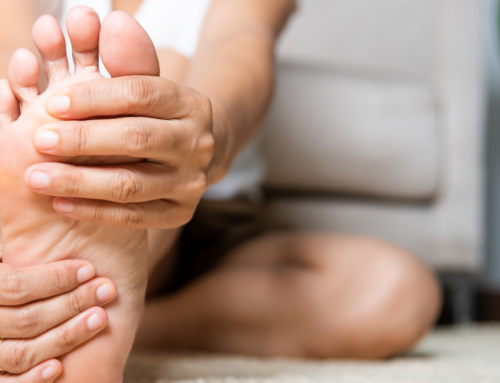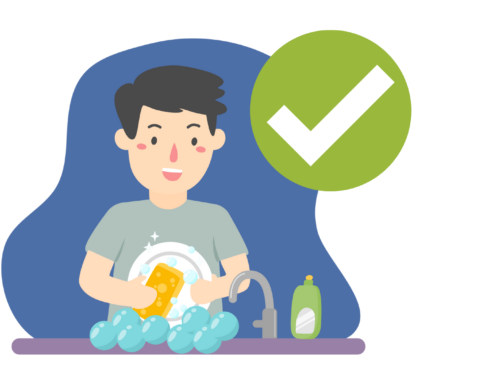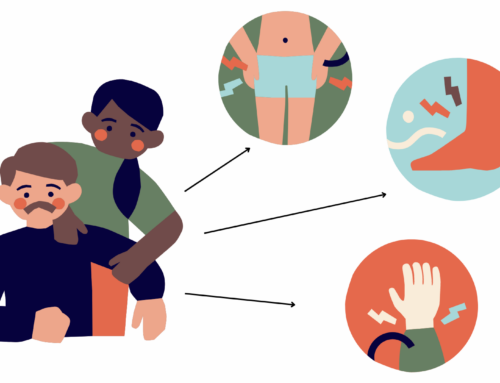Relieve interscapular pain by correcting postures with exercises
Many people suffer from back pain, either cervical or lumbar, because they spend most of their time in incorrect positions or in the same position without moving. One of the most common pains is interscapular pain. One way to correct this is with a series of exercises to modify the posture. Interscapular pain can affect the inner edges of the scapulae or be directed toward the shoulder or arm.
Symptoms of interscapular pain
Recommendations for pain correction
Maintaining good posture
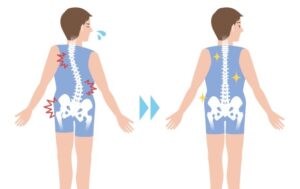
To achieve this, try to stand up straight. If possible, integrate an ergonomic chair in your workplace and try to integrate active breaks that make you change your position. Another useful measure is the purchase of a special pillow to help with the alignment of the spine during sleep.
Decrease sedentary activities

Integrate physical activity and reduce activities that involve prolonged sitting. Adopt healthy habits such as trying to maintain a balanced diet, getting seven to eight hours of sleep and exercising at least three days a week.
If you spend most of your time sitting, try walking and stretching every 20 minutes to avoid numbness.
Patient improves interscapular pain with NeuroFT
Patient attends the NeuroFT Clinic and manages to make her interscapular pain disappear after perseverance and discipline with postures and exercises.
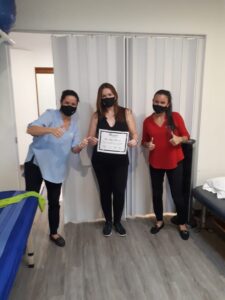
Many people suffer from back pain, either cervical or lumbar, because they spend most of their time in incorrect positions or in the same position without moving. One of the most common pains is interscapular pain. One way to correct this is with a series of exercises to modify the posture. Interscapular pain can affect the inner edges of the scapulae or be directed toward the shoulder or arm.
Symptoms of interscapular pain
Recommendations for pain correction
Maintaining good posture

To achieve this, try to stand up straight. If possible, integrate an ergonomic chair in your workplace and try to integrate active breaks that make you change your position. Another useful measure is the purchase of a special pillow to help with the alignment of the spine during sleep.
Decrease sedentary activities

Integrate physical activity and reduce activities that involve prolonged sitting. Adopt healthy habits such as trying to maintain a balanced diet, getting seven to eight hours of sleep and exercising at least three days a week.
If you spend most of your time sitting, try walking and stretching every 20 minutes to avoid numbness.
Patient improves interscapular pain with NeuroFT
Patient attends the NeuroFT Clinic and manages to make her interscapular pain disappear after perseverance and discipline with postures and exercises.




